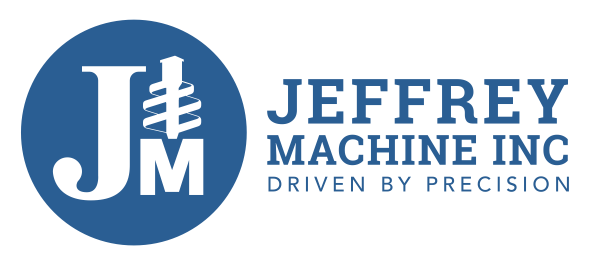5 Best Tips for Using Digger Derricks Safely

Digger derricks are versatile tools used in construction and utility work to dig holes and handle various materials. Using digger derricks safely is vital for preventing injury to workers and damage to the equipment. Don’t misuse these tools—use the following tips to ensure you take the proper safety precautions.
Inspect the Derrick Auger & Kelly Bar Before Drilling
Inspecting your equipment before each use is one of the best ways to prevent damage, hazards, and injuries on a work site. The components on your truck that you should inspect include fall protection equipment, fluid levels, visual and audio devices, and the overall condition of the digger derrick. Double-check the Kelly bar for wear and tear and inconsistencies—remember to replace any damaged auger tooling parts with replacements for the highest safety.
Inspect Auger Roll-Up Cables/Ropes
Another tip for using digger derricks safely is to inspect the roll-up cables and ropes. Check these cables and ropes for wear and tear that could threaten the integrity of your equipment when working in the field. Ensure everything is in order and organized before you begin drilling so you know where your gear is. This will minimize stress when workers are using the tools.
Use Three Points of Contact When Getting On & Off
Many injuries occur when employees get on and off equipment, like the digger derrick truck. One way to prevent injury is to use the three points of contact method when entering or exiting a vehicle. The technique is easy for crew members to grasp—remember to keep at least three of your four limbs in contact with the truck or equipment to safely maneuver on or off.
Set Parking Brake & Chock the Wheels
When using your digger derrick with a boom and rotation system, you must protect the unit from structural overload. Setting the parking brake will lock the boom into position. You should use this when you’re no longer using the rotation system, like when traveling from one work site to another. Remember to chock the wheels on the tool when working near steep slopes for added protection to prevent the tool from rolling away or causing a safety hazard.
Deploy Outriggers on a Suitable Surface
Outriggers are vital to your digger derrick to keep it stable and in place while you’re working. However, if you do not deploy the outriggers on a suitable surface, they cannot function as intended. The ground beneath your equipment must be compact, stable, and level to keep your tooling in place.
Working with any heavy equipment requires crew members to take extra precautions to ensure the safety of everyone on the work site. Follow the above guidelines for the best practices when working with a digger derrick. Safety is paramount, starting with how well you treat and use your gear and machinery.
